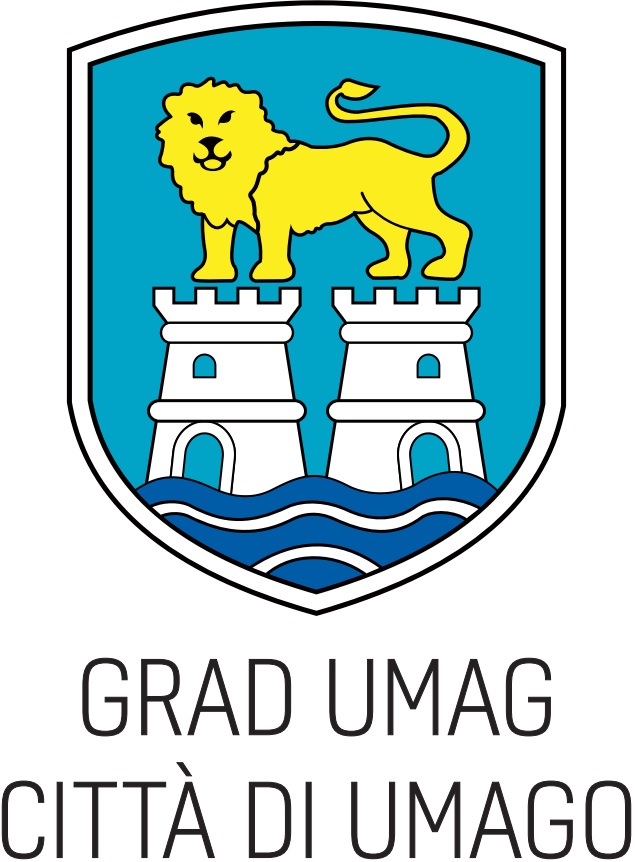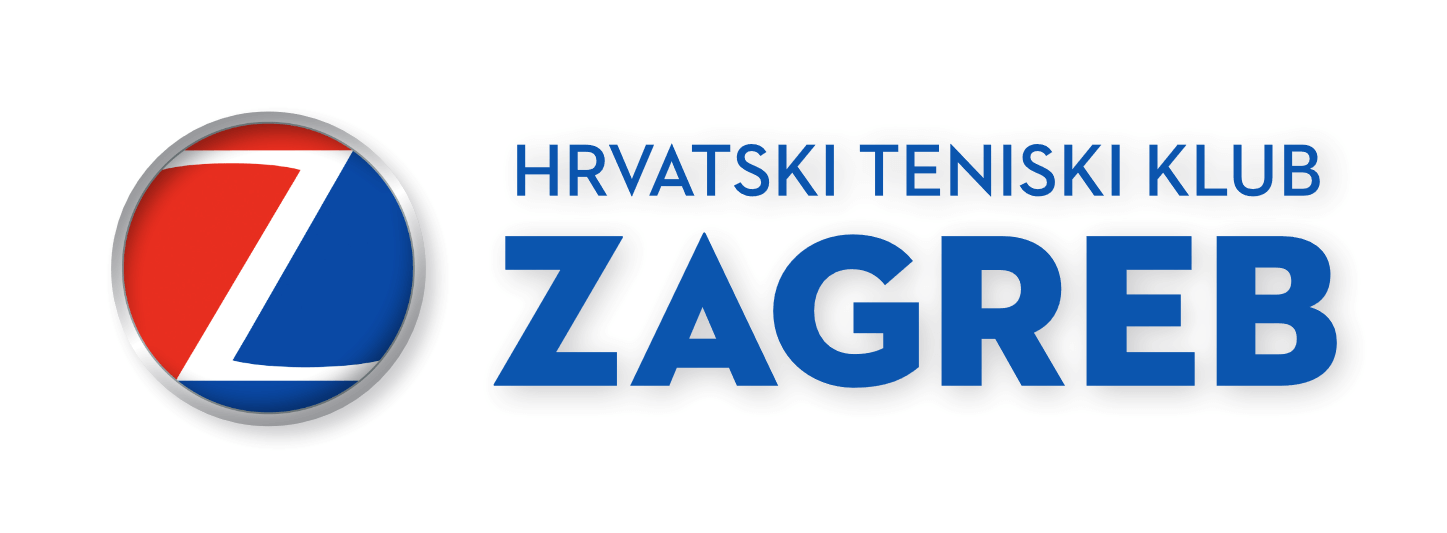Guido Pella is the fifth Argentinian to play in the final of the ATP tournament in Umag. Two of those four failed to make that final step and win – Franco Davin in 1992 (defeated by Thomas Muster) and Mariano Puerta in 2000 (lost to Marcelo Rios) – while, tonight, the 28-year-old from Buenos Aires will want to join his compatriots Guillermo Canas (2004) and Guillermo Coria (2005) in winning that big, blue trophy as the champion of Umag.
Pella reached the final after defeating Robin Haase, the sixth-seeded player who is ranked nearly half-way down from Pella’s ranking (38th and 72nd, respectively) and has been the favorite to win the match. However, the Argentinian exhibited a much better tennis on the court yesterday.
- Overall, I played a solid match. After winning the first set, I saw Haase was a bit nervous, so I hurried things up somewhat in an attempt to break him quickly and that cost me, as I then lost both my rhythm and the second set. After that, I got back to the level I was at in the first set and played aggressively - explained Pella.
This might be a case of third time lucky for Pella, as far as ATP tournaments go. So far he has played in the finals of Rio de Janeiro in 2016 (lost to Cuevas) and Munich in 2017 (defeated by Alexander Zverev), but is still waiting for his career-first title. Perhaps Umag will be his lucky city?
- This is my first time here and I like it very much. This is a beautiful place, with great weather, excellent atmosphere and top-quality food. They’ve been treating us well so I can’t really complain.
Besides, he has more fond memories of Croatia because of another event. Nearly two years ago, he was on the Argentinian Davis Cup team that won the title in Zagreb.
- Yes, that was a fantastic success for us. Hopefully, I will be lifting another trophy today in Croatia. Before I do that, I need to rest and prepare for the final match.
Robin Haase was the first Dutchman in the history of the Plava Laguna Croatia Open to be among the last four players in the tournament. He also exceeded the two quarterfinals reached by Paul Haarhuis in the last century. Still, on Saturday, he primarily lacked his serve to make the final step. He struggled with his first serve throughout, particularly in all the sets that he had lost. While his second-set statistics show mediocre figures, he was equal to his opponent; however, in his first and third sets, he had less than 50 percent of successful first serves. He was especially weak after the second serve, when he barely won any points.
















